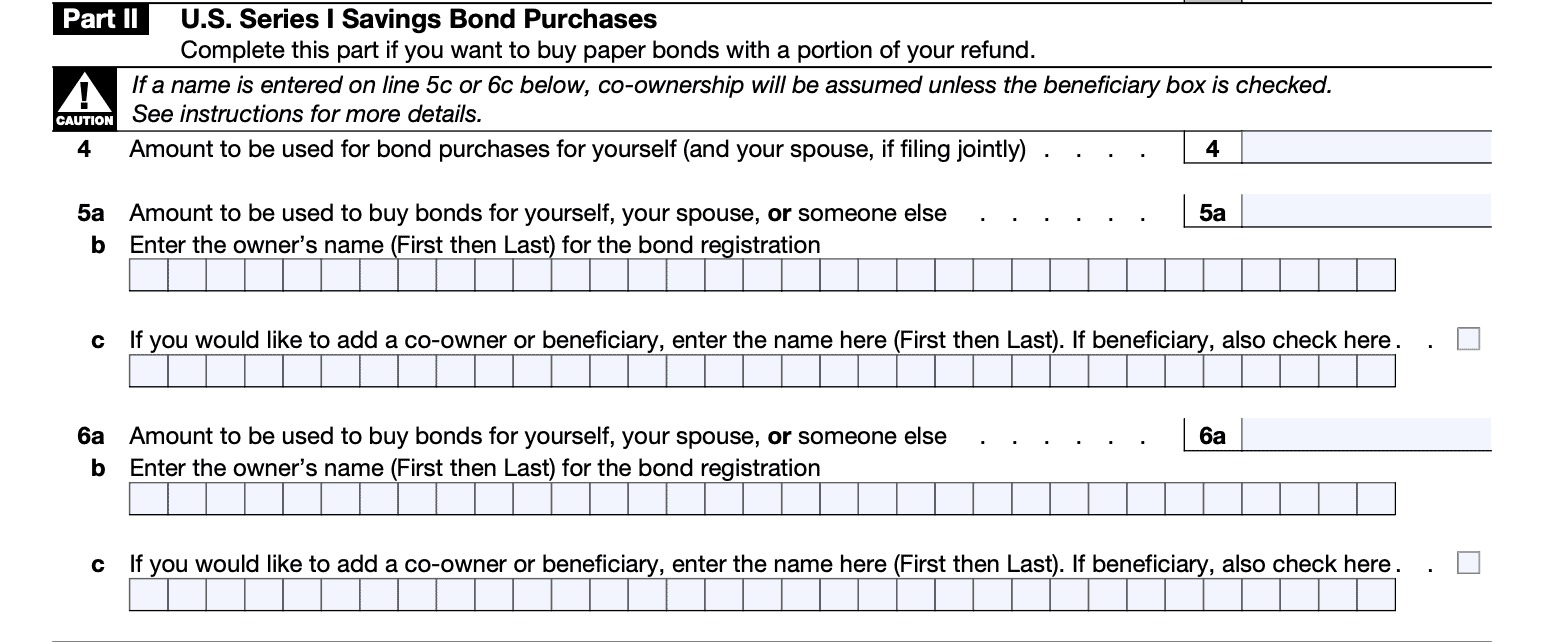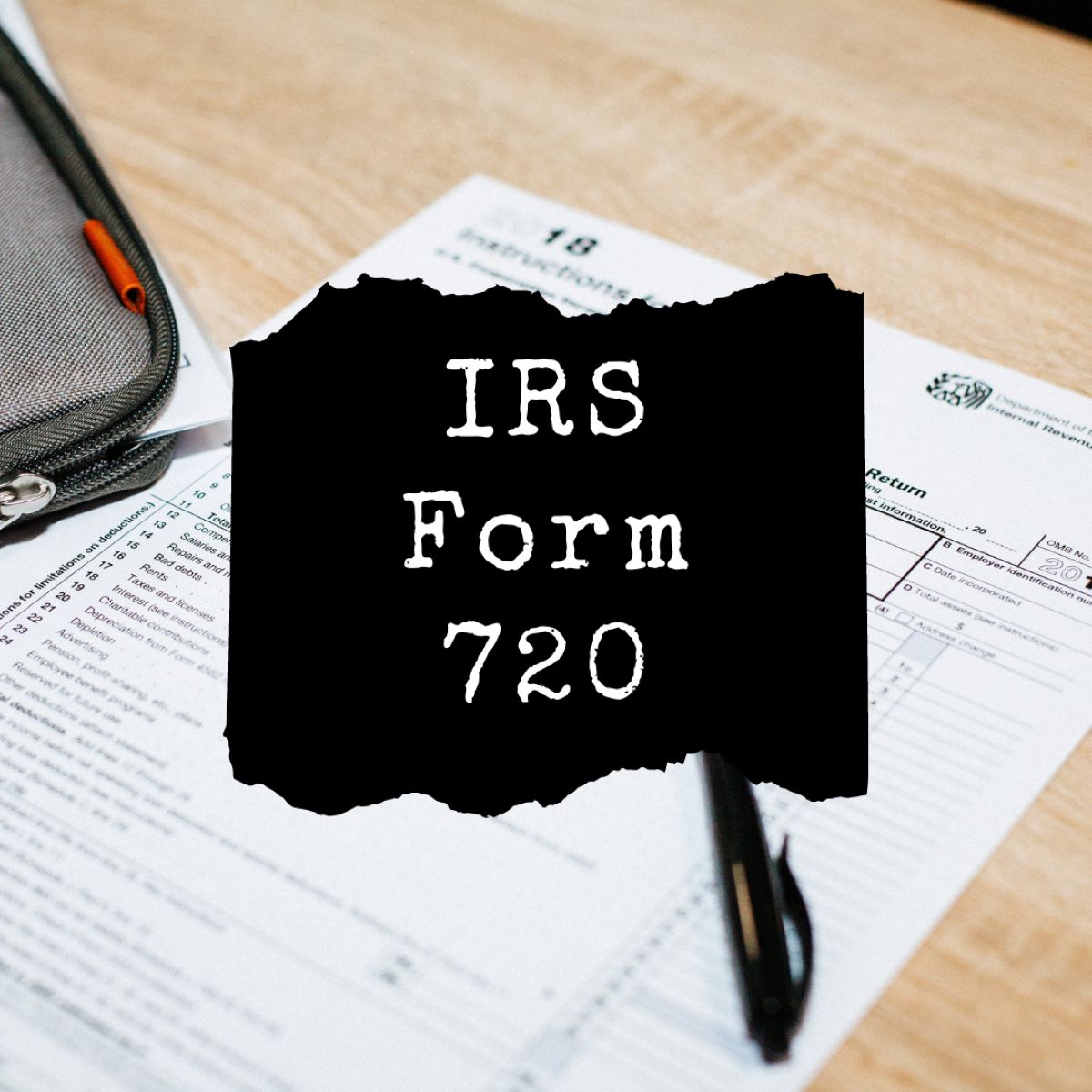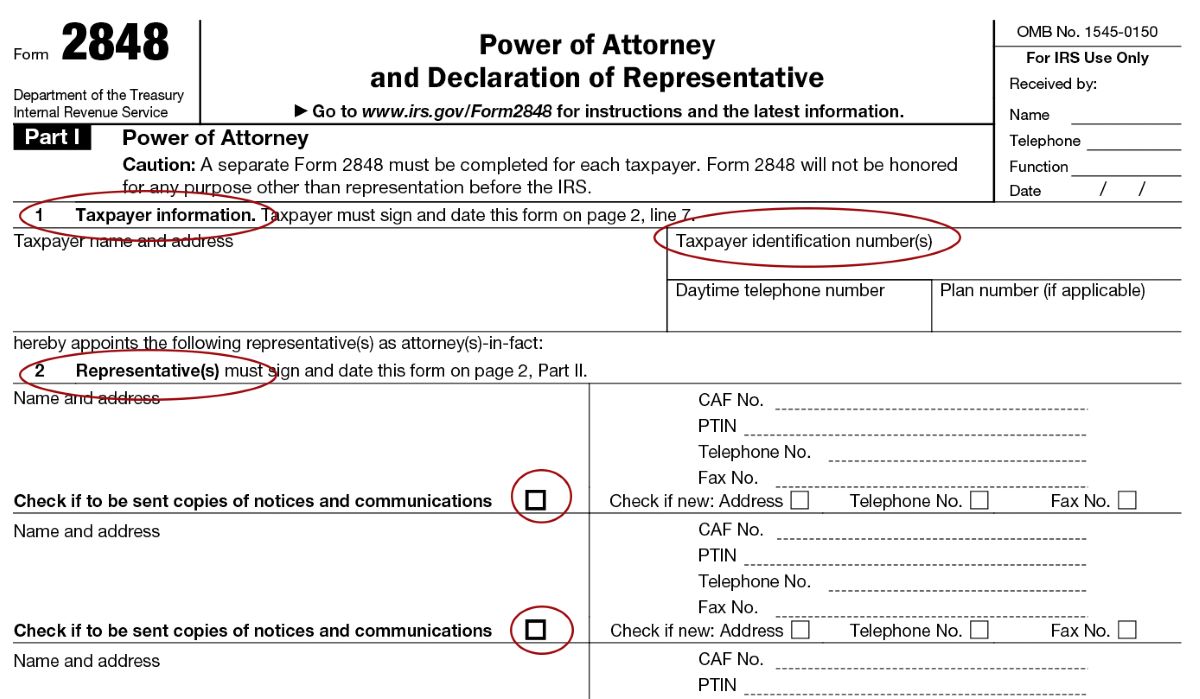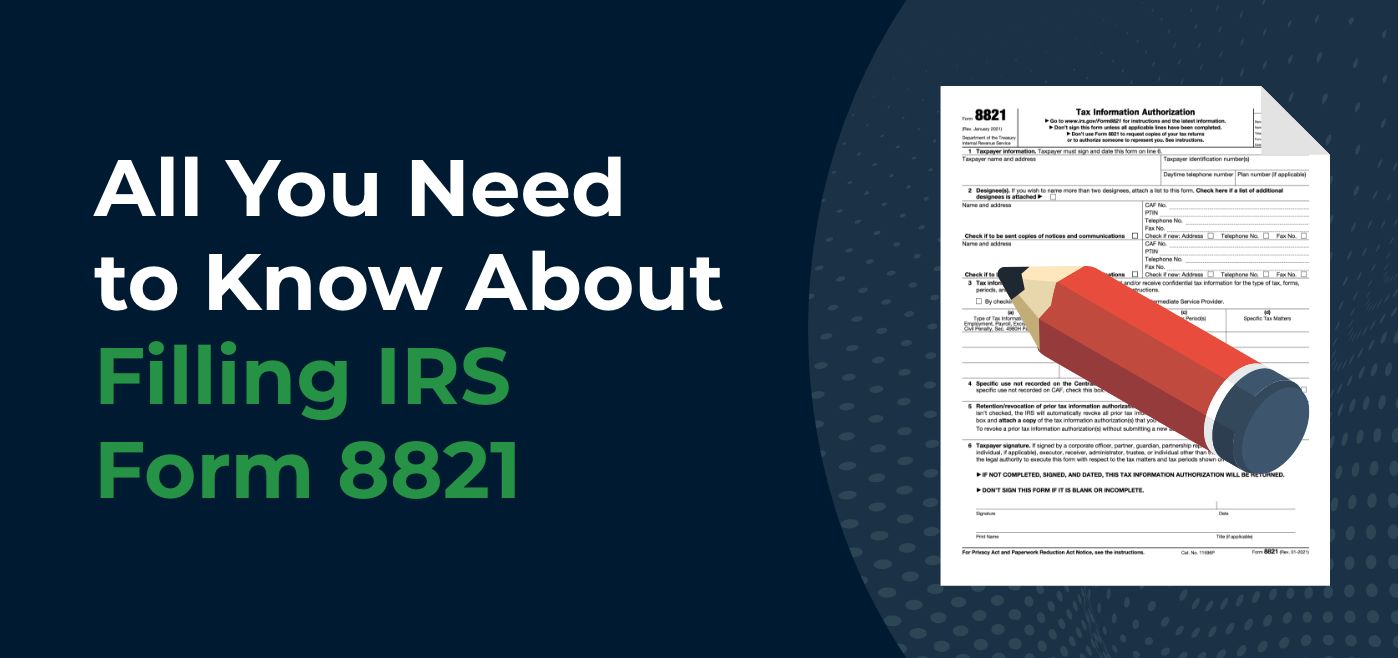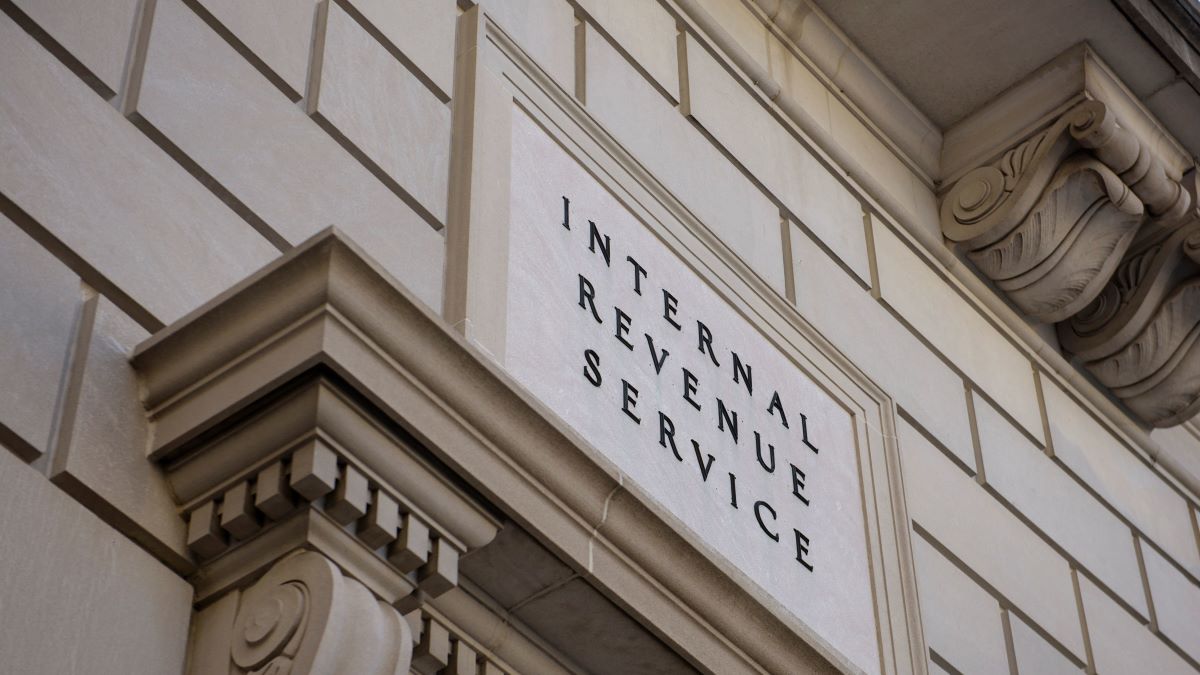

Finance
How To File Form 83B With The IRS
Modified: February 21, 2024
Learn how to file Form 83B with the IRS for financial transactions and maximize your tax benefits. Simplify the process of reporting stock options and enhance your overall financial management.
(Many of the links in this article redirect to a specific reviewed product. Your purchase of these products through affiliate links helps to generate commission for LiveWell, at no extra cost. Learn more)
Table of Contents
- Introduction
- What is Form 83B?
- Why is Form 83B Important?
- When should Form 83B be filed?
- Steps to File Form 83B with the IRS
- Step 1: Obtain Form 83B
- Step 2: Fill out the Personal Information Section
- Step 3: Provide the Details of the Election
- Step 4: Attach the Declaration Statement
- Step 5: Submit the Form to the IRS
- Conclusion
Introduction
Welcome to our comprehensive guide on how to file Form 83B with the IRS. Form 83B is a vital document that holds great significance for individuals who receive restricted stock grants or options as part of their compensation packages. It allows them to elect to include the value of the stock in their taxable income at the time of grant, rather than at the time of vesting.
Understanding the complexities of tax forms can be daunting, but filing Form 83B correctly is crucial to avoid potential tax pitfalls and maximize your tax benefits. In this article, we will break down the process of filing Form 83B with step-by-step instructions to ensure you navigate this form smoothly and accurately.
Before we delve into the filing process, let’s explore what Form 83B is, why it is important, and when it should be filed. By gaining a clear understanding of these key aspects, you will be better equipped to navigate the filing process and make informed decisions regarding your stock compensation.
What is Form 83B?
Form 83B, also known as the “Election by a Shareholder of a Corporation with Respect to the Restricted Stock”, is a tax form used to notify the Internal Revenue Service (IRS) of your election to include the value of restricted stock grants or options as part of your taxable income.
When you receive restricted stock grants or options, there is typically a vesting period during which you must wait before you can fully own or exercise them. The value of the stock is determined at the time of grant, and without filing Form 83B, you would be required to recognize the income at the time the stock vests and becomes transferable or not subject to substantial risk of forfeiture.
Filing Form 83B allows you to make an election under Section 83(b) of the Internal Revenue Code to include the value of the stock in your taxable income at the time of grant rather than at the time of vesting. This election carries significant implications for your tax liability and can have both advantages and disadvantages depending on your individual circumstances.
By filing Form 83B, you accelerate the recognition of income, which means that any future increase in the value of the stock will be subject to capital gains tax rates rather than ordinary income tax rates. This can provide tax benefits, especially if you anticipate a significant increase in the value of the stock over time.
It is important to note that filing Form 83B is not applicable to all types of stock compensation. It is specifically used for restricted stock grants and options that have a substantial risk of forfeiture. Other forms of stock compensation, such as non-qualified stock options or restricted stock units (RSUs), have their own separate tax treatment and do not require the filing of Form 83B.
Now that we have covered the basics of Form 83B, let’s dive into why this form is important and the advantages it offers to shareholders.
Why is Form 83B Important?
Form 83B holds significant importance for individuals who receive restricted stock grants or options as part of their compensation. Here are several key reasons why filing Form 83B is crucial:
- Tax Benefits: By filing Form 83B, you have the opportunity to include the value of the stock in your taxable income at the time of grant rather than at the time of vesting. This can result in potential tax savings, as any future increase in the stock’s value will be subject to capital gains tax rates instead of ordinary income tax rates. This advantageous tax treatment can make a significant difference, especially if the stock’s value appreciates substantially over time.
- Timing: Filing Form 83B must be done within a specific timeframe. The election must be filed with the IRS either within 30 days of receiving the stock grant or within 30 days of exercising the stock options. Failing to file within this window could result in missed opportunities for tax benefits and may subject you to unfavorable tax consequences.
- Risk Management: Restricted stock grants or options come with a level of risk. By filing Form 83B and including the value of the stock in your taxable income upfront, you mitigate the risk of potentially losing the stock’s value in the future. If the stock were to decline significantly in value after vesting, you would have already paid tax on the initial grant value, reducing the potential tax liability.
- Ownership Rights: Filing Form 83B can expedite your ownership rights in the stock. Once the election is made and accepted by the IRS, you are treated as the owner of the stock for tax purposes. This means you will have the ability to sell or transfer the stock without any further tax consequences, subject to any lock-up or holding period restrictions imposed by your company.
- Strategic Financial Planning: Filing Form 83B requires careful consideration and analysis of your financial situation. It provides an opportunity to strategically plan your tax obligations and manage your overall financial portfolio. By working with a tax professional or financial advisor, you can maximize the advantages offered by filing Form 83B and ensure it aligns with your long-term financial goals.
Now that we understand the importance of Form 83B, let’s explore when you should file this form with the IRS.
When should Form 83B be filed?
Filing Form 83B with the IRS is time-sensitive, and it is crucial to adhere to the specific filing requirements and timelines. Here are the key instances when Form 83B should be filed:
- Within 30 Days of Grant: If you receive restricted stock grants, you must file Form 83B within 30 days of the date of grant. The clock starts ticking from the moment you acquire a substantial interest in the stock, even if it is subject to a vesting schedule.
- Within 30 Days of Exercising Stock Options: If you have stock options that you exercise, the 30-day filing window also applies. Form 83B should be filed within 30 days of the date you exercise your options.
It is vital to note that Form 83B cannot be filed after the deadline has passed. Late filings will not be accepted by the IRS, and failure to file within the designated timeframe can have significant tax consequences.
When considering whether to file Form 83B, you must carefully evaluate your individual financial circumstances, the potential future value of the stock, and any possible tax implications. It is recommended to consult with a tax professional or financial advisor for guidance to ensure compliance with the filing requirements and make informed decisions.
Now that we understand when Form 83B should be filed, let’s proceed with the step-by-step instructions on how to file this important form with the IRS.
Steps to File Form 83B with the IRS
Filing Form 83B with the IRS may initially appear overwhelming, but by following these step-by-step instructions, you can navigate the process with ease. Here is a breakdown of the essential steps:
- Step 1: Obtain Form 83B: You can download Form 83B from the official IRS website (irs.gov) or obtain a copy from your employer’s human resources department. Make sure you have the most recent version of the form.
- Step 2: Fill out the Personal Information Section: Provide your personal details, including your name, address, and social security number. Ensure accuracy when entering this information as any errors could delay the processing of your form.
- Step 3: Provide the Details of the Election: In this section, you will need to include specific details about the restricted stock grants or options. Fill out the applicable fields, such as the date of the grant or exercise, the total number of shares, and the fair market value of the stock at the time of grant.
- Step 4: Attach the Declaration Statement: Form 83B includes a declaration statement that you must sign and date. By signing the declaration, you affirm that you are making an election under Section 83(b) of the Internal Revenue Code and that the information provided is accurate to the best of your knowledge.
- Step 5: Submit the Form to the IRS: Once you have completed the form and attached the declaration statement, make a copy for your records and mail the original to the IRS. It is highly recommended to send the form via certified mail or a similar trackable method to ensure delivery confirmation.
It is essential to keep in mind the strict filing deadlines. Make sure to submit Form 83B within 30 days of the stock grant or exercise of options. Late submissions are not accepted by the IRS, and missing the deadline can result in unfavorable tax consequences.
Remember, filing Form 83B is a critical step in managing your tax obligations and maximizing the potential tax benefits of your restricted stock grants or options. If you have any uncertainties or complex tax situations, consult with a tax professional to ensure compliance with the filing requirements and make informed decisions.
Now that we have covered the steps of filing Form 83B, we can conclude this guide with a summary of the importance of this form.
Step 1: Obtain Form 83B
The first step in filing Form 83B with the IRS is to obtain the form itself. You have a few options for obtaining Form 83B:
- IRS Website: The easiest and most convenient way to obtain Form 83B is by visiting the official website of the Internal Revenue Service (IRS) at irs.gov. They provide a wide range of tax forms, including Form 83B. Simply search for “Form 83B” in the search bar, and you should be able to find and download the latest version of the form.
- Employer’s Human Resources Department: If you receive restricted stock grants or options through your employer, they may provide you with a copy of Form 83B. Reach out to your company’s human resources department to inquire about obtaining the form.
- Tax Software or Service: If you use tax preparation software or hire a professional tax service, they should have Form 83B available for you to use. Check within the software or consult with your tax service provider to ensure you have access to the necessary forms.
Make sure that you obtain the most recent version of Form 83B, as the IRS may update the form periodically to reflect any changes in tax regulations or requirements. Using an outdated form could result in your filing being rejected or delayed.
Once you have obtained Form 83B, either in a printable format or through electronic means, you can proceed to the next step of filling out the necessary information. In step 2, we will guide you through filling out the personal information section of the form.
It is important to note that although obtaining the form is the first step, you should familiarize yourself with the overall process and requirements of filing Form 83B. Understanding the purpose of the form and the significance of timely filing will help ensure a smooth and accurate submission to the IRS.
Now that you have obtained Form 83B, let’s move on to step 2: filling out the personal information section of the form.
Step 2: Fill out the Personal Information Section
After obtaining Form 83B, the next step in filing this important tax form with the IRS is to fill out the personal information section. This section gathers essential details about you as the taxpayer. Follow these guidelines to complete this part of the form accurately:
- Name: Provide your full legal name as it appears on your tax returns. Make sure to use the same name consistently throughout your tax forms to avoid any confusion.
- Address: Enter your current mailing address. Include the street address, city, state, and ZIP code. Make sure to provide a valid and up-to-date address where you can receive correspondence from the IRS.
- Social Security Number (SSN): Provide your SSN, which serves as your unique identifier for tax purposes. Double-check that you enter the number correctly to prevent any issues or delays in processing your form.
Take your time to ensure the accuracy of the personal information you provide. Any errors or inconsistencies in this section may lead to processing delays or potential complications with your tax filing. If you have recently changed your name or address, make sure to update your records with the Social Security Administration and the IRS before filing Form 83B.
Remember to review the instructions accompanying Form 83B for any specific requirements or additional information related to the personal information section. If you have any doubts or questions, it is advisable to consult with a tax professional who can provide guidance on accurately completing this section and the overall form.
Now that you have filled out the personal information section of Form 83B, let’s proceed to step 3, where we will guide you through providing the details of the election.
Step 3: Provide the Details of the Election
After completing the personal information section of Form 83B, you will move on to providing the details of your election. This section requires you to provide specific information regarding your restricted stock grants or stock options. Follow these guidelines to accurately fill out this section:
- Date of Grant or Exercise: Enter the date of the stock grant or exercise of stock options. This is the date when you acquired a substantial interest in the stock. Make sure to reference the official grant letter or other documentation provided by your employer to ensure the accuracy of this date.
- Total Number of Shares: Indicate the total number of shares included in the grant or stock options. This information can usually be found in the grant letter or stock option agreement provided by your employer.
- Fair Market Value at the Time of Grant: Determine the fair market value of the stock on the date of the grant or exercise. Fair market value is typically the price at which the stock would change hands between a willing buyer and a willing seller, neither being under any compulsion to buy or sell. If you are unsure about the fair market value, consult with your employer or a qualified financial advisor.
Ensure that you accurately fill out this section with the correct information. Inconsistencies or errors in the details provided may lead to complications and potential tax issues. Take the time to review the supporting documents and consult with your employer or financial advisor if needed.
It is essential to note that the specific details required may vary based on the type of stock compensation and the applicable tax regulations in your jurisdiction. Make sure to carefully read the instructions accompanying Form 83B and consult with a tax professional or advisor if you have any questions or concerns regarding the details of the election section.
Now that you have provided the details of the election, let’s move on to step 4, where we will guide you through attaching the declaration statement to Form 83B.
Step 4: Attach the Declaration Statement
Once you have completed the personal information section and provided the details of your election on Form 83B, the next step is to attach the declaration statement. The declaration statement is a crucial part of the form, as it confirms your election under Section 83(b) of the Internal Revenue Code. Here’s what you need to do:
- Review the Declaration Statement: Carefully read through the declaration statement on Form 83B. It is essential to understand the implications and responsibilities associated with making this election. Ensure that you agree with the statement and that it accurately reflects your intention to include the value of the stock in your taxable income.
- Sign and Date the Declaration Statement: On the form, you will find a designated space to sign and date the declaration statement. Sign your name exactly as it appears on the form to avoid any discrepancies. Remember that by signing the statement, you are certifying that the information provided is true and accurate.
Additionally, it is important to note that the declaration statement must be signed within the 30-day timeframe from the date of the stock grant or exercise of stock options. Late signatures will render the filing invalid, so make sure to adhere to the designated deadline.
After signing and dating the declaration statement, move on to the next step of the filing process: submitting Form 83B to the IRS.
Keep a copy of the completed and signed form, along with the attached declaration statement, for your records. This will serve as proof of your election and can be referenced in the future if needed.
Now that you have attached the declaration statement to the form, let’s proceed to step 5, where we will guide you through submitting Form 83B to the IRS.
Step 5: Submit the Form to the IRS
After completing all the necessary sections and attaching the declaration statement to Form 83B, the final step is to submit the form to the Internal Revenue Service (IRS). It is crucial to ensure the timely and proper submission of the form to comply with the filing requirements. Here’s what you need to do:
- Make a Copy: Before sending the original form, make a copy for your records. Having a duplicate ensures that you have a backup in case any issues arise during the submission process or if you need to reference the form in the future.
- Submit via Mail: Mail the original Form 83B, along with any required attachments, to the IRS. It is recommended to use certified mail or a comparable method that provides proof of delivery. This way, you can track the status of the submission and have confirmation that the form reached the IRS.
- Keep a Record: Retain a record of the mailing receipt, as well as any correspondence or confirmation received from the IRS. This documentation will serve as evidence of your form submission and can be useful if any inquiries or issues arise in the future.
Ensure that you submit Form 83B within the 30-day deadline from the date of the stock grant or exercise of stock options. Late submissions will not be accepted by the IRS, potentially resulting in unfavorable tax consequences.
It is important to keep in mind that filing Form 83B with the IRS is a significant step in managing your tax obligations and maximizing the potential tax benefits of your restricted stock grants or options. If you have any uncertainties or complex tax situations, it is advisable to consult with a tax professional to ensure compliance with the filing requirements and make informed decisions.
Congratulations! You have completed the process of filing Form 83B with the IRS. By following these steps, you have taken a proactive approach to managing your tax liability and potentially maximizing your financial benefits.
Now that you have completed the submission of Form 83B, let’s conclude this guide by summarizing its importance and the advantages it offers to shareholders.
Conclusion
Filing Form 83B with the IRS is a critical step for individuals who receive restricted stock grants or options as part of their compensation. By electing to include the value of the stock in your taxable income at the time of grant, rather than at the time of vesting, you can potentially benefit from advantageous tax treatment and strategic financial planning.
In this comprehensive guide, we have walked you through each step of the Form 83B filing process. From obtaining the form to completing the personal information section, providing the details of the election, attaching the declaration statement, and submitting the form to the IRS, we have covered the essential aspects to ensure a smooth and accurate filing.
We emphasized the importance of timely filing and provided guidance on gathering the necessary information, understanding the implications of your election, and complying with the specific requirements of Form 83B. We also highlighted the advantages of filing Form 83B, including potential tax benefits, risk management, and strategic financial planning opportunities.
While this guide strives to provide a comprehensive overview, it is important to note that individual circumstances may vary, and tax regulations can be complex. Therefore, it is always advisable to consult with a tax professional, financial advisor, or your employer’s human resources department to ensure compliance with the specific requirements of your situation.
By filing Form 83B accurately and within the designated timeframe, you can manage your tax obligations effectively, optimize your tax benefits, mitigate risk, and strategically plan your financial future. Taking the time to understand and navigate the process will allow you to make informed decisions regarding your stock compensation and ensure compliance with IRS regulations.
Remember, the information provided in this guide is for informational purposes only and should not be considered as legal or financial advice. Consult with a qualified professional for personalized guidance based on your specific circumstances.
Now that you have a comprehensive understanding of how to file Form 83B with the IRS, you are well-equipped to take the necessary steps to maximize the benefits of your restricted stock grants or options. Good luck!
